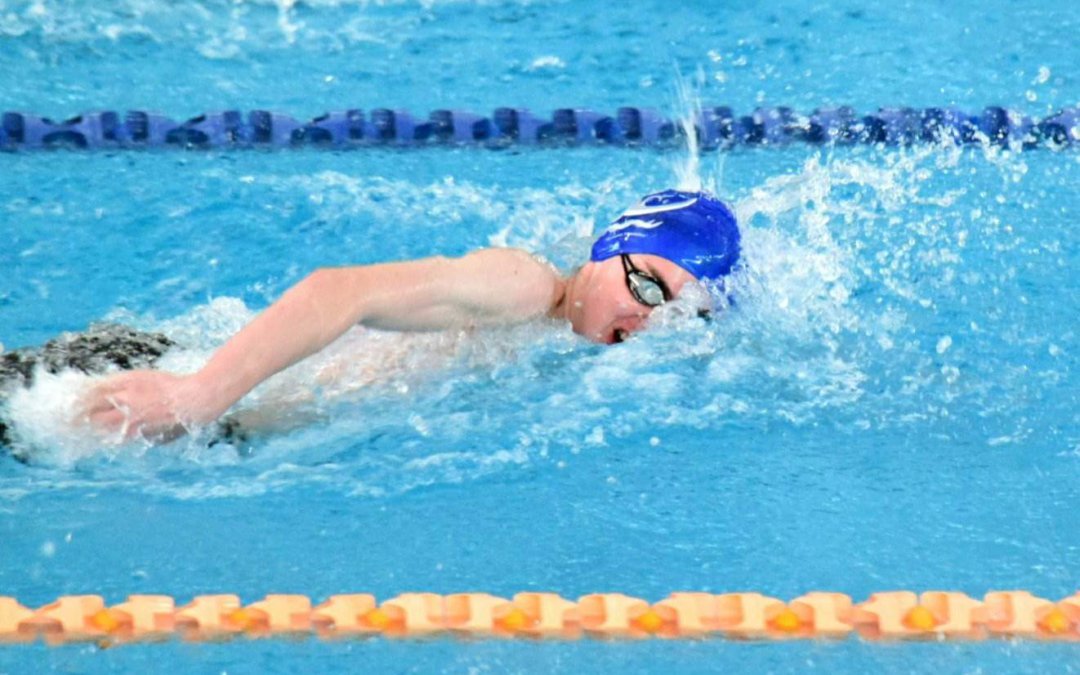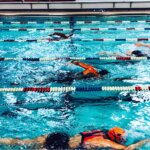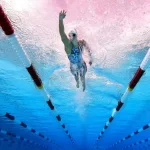Incorporating bilateral breathing can improve your swimming technique, resulting in a quicker and more efficient swim. The way you breathe has a big effect on your overall swimming technique. Freestyle form and technique are influenced by how often and how we breathe.
Breathing to both sides of your body becomes even more important when you move from the pool to the open water. Being comfortable with bilateral breathing can make you a much calmer athlete in each of these scenarios and give you the advantage of looking over waves, wind and other competitors while in open water.
Most swimmers naturally have a side that they’re more comfortable breathing to. So how can you incorporate bilateral breathing into your swim routine?
Check out these 4 tips to learn and improve bilateral breathing:
1. Increase Your Stroke Rate
If you’re brand new to bilateral breathing, one of the first things you can do to try to incorporate bilateral breathing is to try to increase your stroke rate. If your stroke rate is too low, you may not be getting enough air when you switch to a bilateral pattern, which can make bilateral breathing feel more difficult. Try taking more strokes while breathing to one side before switching and see if that helps make alternating breaths on each side easier.
2. Establish a New Stroke Rhythm
Your stroke is naturally asymmetrical. It’s almost impossible for swimmers to have a totally symmetrical swim stroke on both sides. Even some of the world’s best swimmers have asymmetry in their strokes. When you’re swimming, try to breathe using a traditional 3-2-3-2 bilateral pattern will disturb the natural rhythm of your stroke. You can also try breathing to your weaker side on alternate lengths and establish a new rhythm for that.
3. Focus on Underwater Arm-Pull
It’s important to pay attention to the underwater arm-pull during a breath to the weak side. Swimmers struggling with bilateral breathing tend to pull with a straight arm or drop their elbow after the catch, which can make your head and body sink. Unfortunately this may lead to sucking in water instead of air. The solution to this problem is to work on proper arm position through the entire pull with high-elbow catch drills during practice sessions.
4. Slowly Incorporate Breathing on Weaker Side
Start by taking an occasional breath on your weaker side during training to help balance your stroke. When we’re under pressure while swimming we will naturally resort to our most comfortable breathing pattern. Trying something new like bilateral breathing should not be done during race time. Start small, keep calm, and work your way up to a better breathing technique. You can also try doing all your warm up and cool down swims breathing to your weaker side before trying it in a main set.
Don’t stress out if you continue to struggle to incorporate bilateral breathing into your swim. It’s not a natural feeling to be able to breathe comfortably on both sides when swimming. However, if you stick with it and keep practicing, you will see improvement allowing for better swimming technique and time.
Looking for other ways to improve your swim time? Contact me today for more professional triathlon training tips!
Train Right, Tri Right!
Coach MJ







